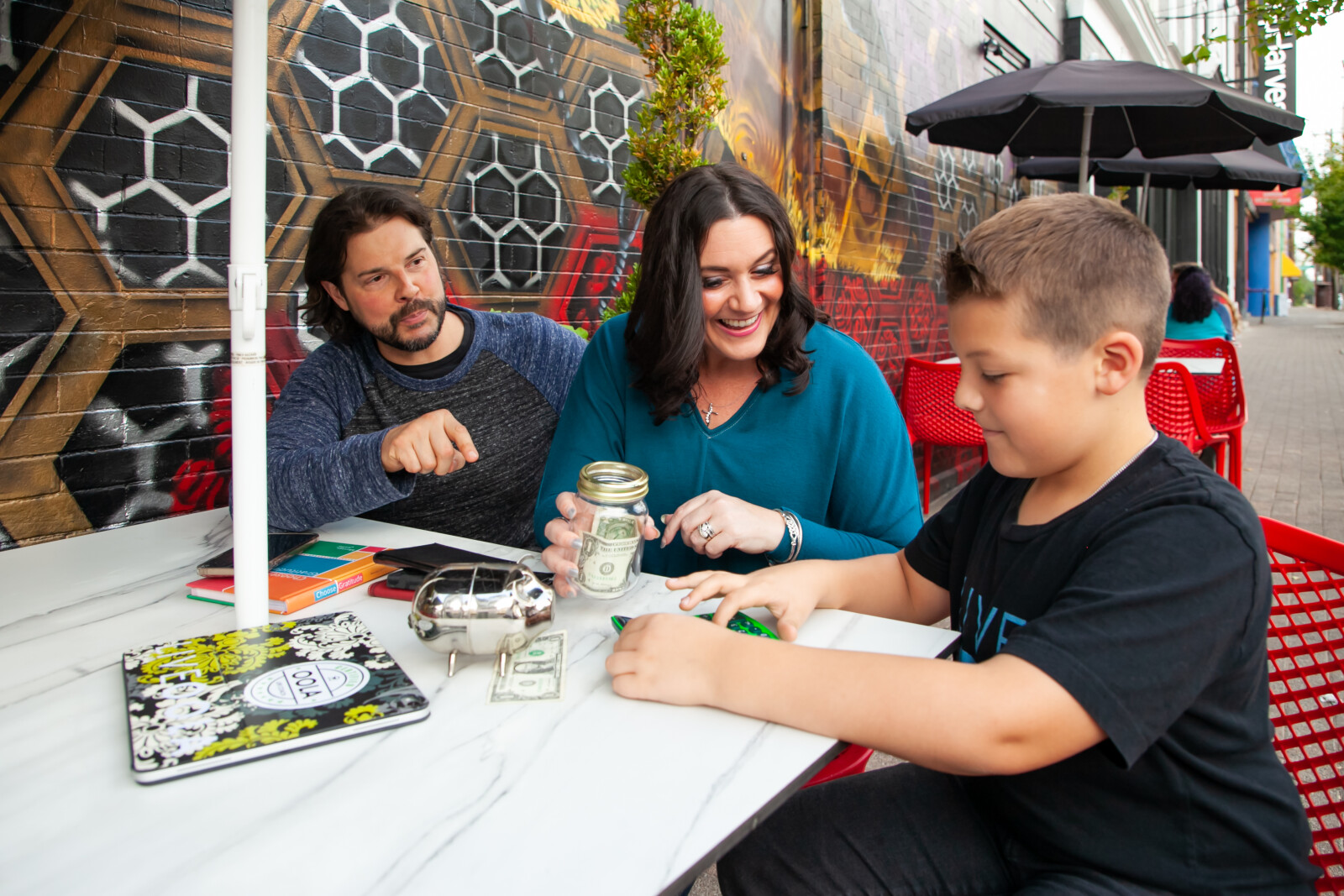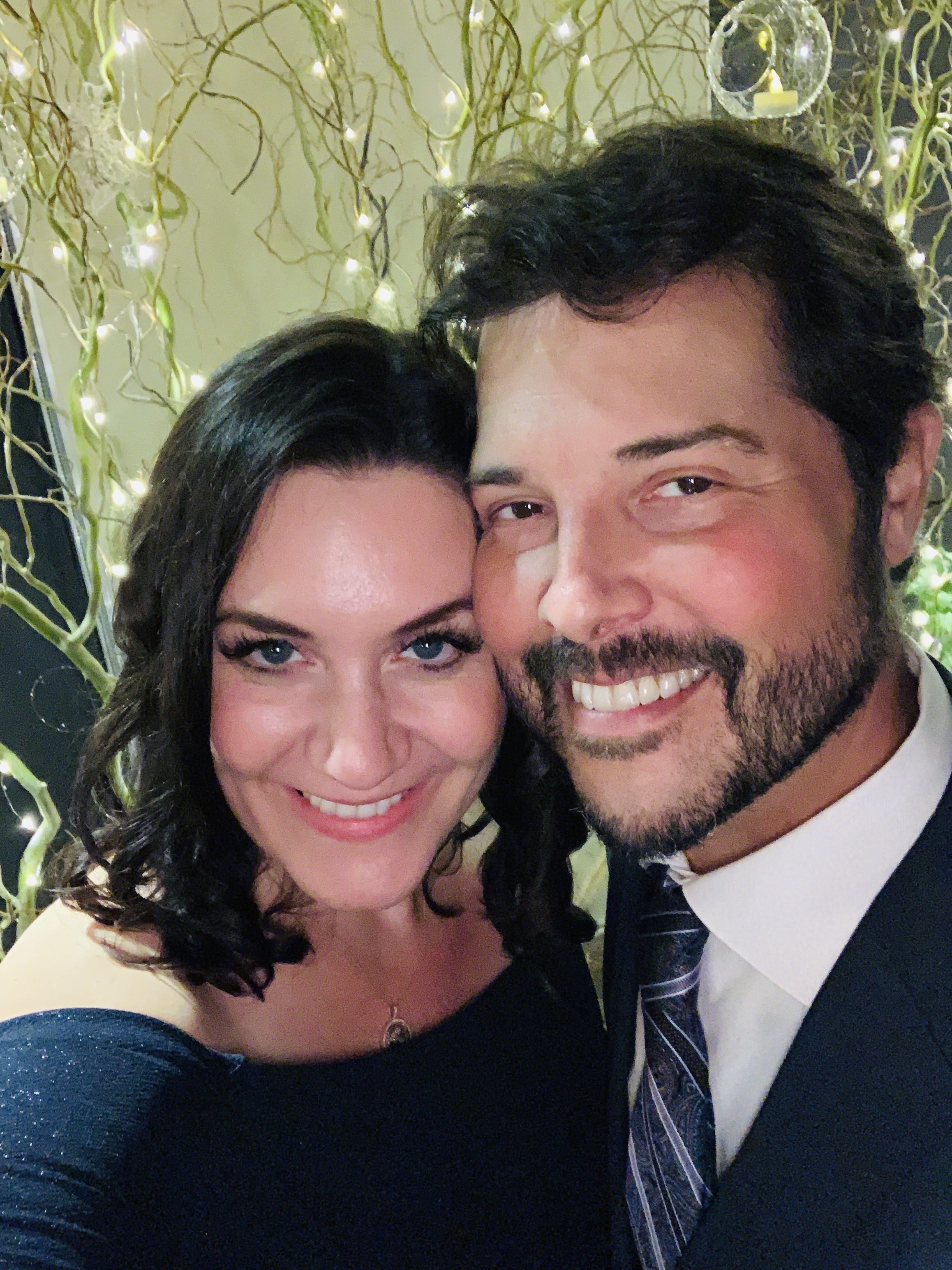
Saying “I love you” to your family as often as possible is very important! It turns out there’s actually more than one way to say it. Dr. Gary Chapman theorized in his book The Five Love Languages that there are five ways people give and receive love. Read on to learn what the love languages are and how they can apply to you and your family:
What are the Five Love Languages?
Here is a description of each of the Five Love Languages:
- Acts of Service: To a person with this love language, actions speak louder than words. Essentially, it means completing tasks for a loved one or helping complete a task. Examples might be a husband doing a household chore he knows his wife dislikes, an older child helping a young sibling with a school project, proofreading a resume for a friend, or helping a neighbor move into a new house.
- Quality Time: Quality Time means more than just occupying the same space. People who value this love language especially appreciate attentiveness and good listening skills. Planning to participate in fun activities together, ensuring you eat meals together, or even working together can count as Quality Time.
- Words of Affirmation: This involves giving compliments, encouragement, or words of appreciation. Examples might be: “You look sharp in that outfit!” or “Thanks for always making us feel so welcome” or “You are such an interesting conversationalist!” You can simply say these compliments aloud or write your loved one a note telling him or her what you appreciate about them.
- Receiving Gifts: Gift-giving doesn’t have to be reserved just for Christmas and birthdays. People with this love language enjoy receiving gifts that show people understand and are thinking of them. Gifts don’t have to be anything elaborate. Bringing home treats from the bakery for the kids, sending flowers to your grandma, or bringing your wife her favorite Starbuck’s coffee to her office are all simple ways you can show love to someone whose love language is Receiving Gifts.
- Physical Touch: People with this love language feel the most loved through physical touch that can include hugs, kisses, holding hands, or massages.
The Five Love Languages and Your Family
It’s a good thing there’s more than one way to say “I love you” because you can creatively express your love and appreciation to your family in many ways. However, it can create some confusion if your family members have differing love languages and don’t recognize your efforts. For example, if a wife’s love language is Quality Time, she may appreciate flowers from her husband but will feel much more loved if he plans a night out participating in her favorite activities. Learning someone’s love language can also help you avoid creating circumstances that would be particularly hurtful for them. For example, while hearing criticism or verbally expressed disappointment isn’t pleasant for anyone, it can be especially painful for someone whose primary love language is Words of Affirmation.
Chapman noted that most people give and receive love using the same love language, but this isn’t always true. Also, some people have more than one. A survey based on 10,000 responses indicated that the most common love language is Words of Affirmation.
So which is your primary love language? You may already know based on your life experience. If you’re not sure, you can take the official quiz online here. It can help you determine what your primary love language is. The quiz can also help you figure out the love language(s) of your child(ren). “Children receive love emotionally,” Chapman said, “but because they are all different, we must pay attention to their individual needs. We must learn to speak our children’s [love] language if we want them to feel loved.”
Additional Love Language Resources
Chapman wrote an entire book about how these concepts apply to family. Check out Five Love Languages of Family or The 5 Love Languages of Children to learn more.
















0 Comments